"A STORY OF FEMALE REVENGE, BUT TO HAVE A REDEMPTION, YOU MUST FIRST PUT ON THE VICTIM'S CLOTHES"
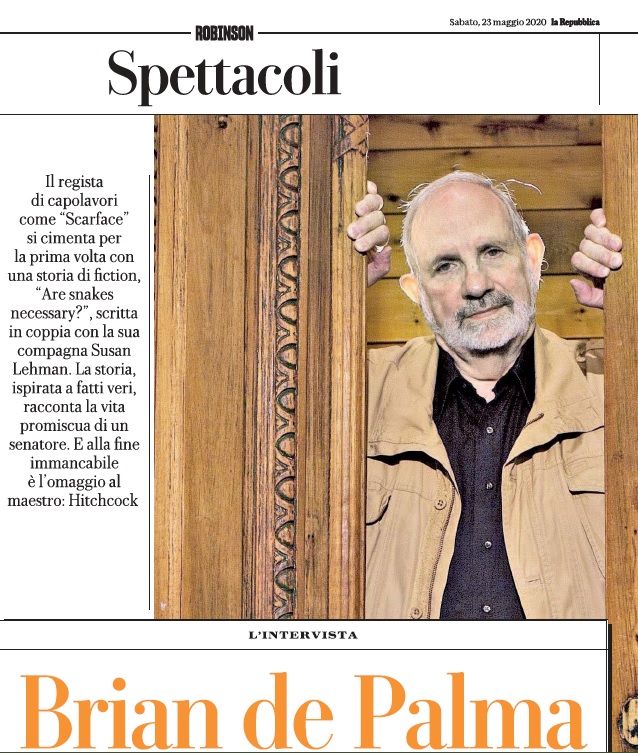
Thanks to Fabio for sending along this Brian De Palma interview from last Sunday's Robinson, a weekly cultural supplement included in Italy's La Repubblica newspaper. The interview by Silvia Bizio forcuses on Are Snakes Necessary?, and while the bulk of it is mainly with De Palma, the intro includes a couple of quotes from De Palma's co-author, Susan Lehman, who says, "Writing is a very lonely activity, but doing it with Brian was fun." Lehman adds, "Brian outlined the main themes, obviously with a visual image. And then we went back to fix them with characters, descriptions and humor. It was fun, almost a game. The goal was to make the other laugh."
Here is the bulk of the interview that follows then, with the help of Google translation:
De Palma, who turns 80 in September, speaks from his home in East Hampton. And in isolation with Susan, a dog and a cat: "What do I think of the American response to the virus? They are dealing with it badly and I hope this administration will end in November."How was the book born?
"It is inspired by political events that were happening when the idea came to us. The scandal of Gary Condit, for example, when the intern with whom he had an adulterous relationship disappears: only later was she found dead in a park in Washington DC. Another episode was that of Senator John Edwards and the filmmaker who worked on his campaign. When I saw them it seemed to me that they were flirting, and in fact in the end he had an affair with her, and a girl was conceived. "
What makes a politician like him so interesting that you want him as the protagonist of this story?
"The fact that politicians are involved in sexual scandals is part of a cliche. The two I mentioned instead are rather unique in their kind. A flirtation with a girl who is filming episodes on the campaign ends with a pregnant girl. Amusing."
Do you believe that we will return to talk about morality in politics?
"It's not like we were sleeping, but in reality we wrote the book before Trump's election. We narrate two unique political situations, which involve the promiscuity of two great political figures. Politics and sex are two naturally compatible elements. And then in the book there is the idea of finding the characters on a set in Paris. Taking advantage of my experience as a film director, I also wanted to bring this element into the story. For some reason, French critics took this very seriously ... "
There is a fun chapter on Arnold Schwarzenegger. Why him?
"Because he had a son with his housekeeper, more or less the same time he had a son with Maria, his wife. Very funny."
And you didn't even want to try to hide the name, you put it out in the open.
"Well, the story was in People magazine. Can't get more out in the open than that..."
How does writing a novel differ from writing a screenplay? Is it similar?
"I like writing scripts, because essentially they are made of dialogue, characters and places, you don't have to write descriptions. Writing descriptions is not my strength, but Susan is very good at that and also with writing the inner emotional life of the character. When you write a screenplay, you don't always consider the depth of a character, because depending on who will interpret it, it will be modeled on that specific actor. So it is much more similar to a draft, unlike a book, which instead is complete in the setting, the moods, the inner life of the characters."
In the final chapters the character of Nick, the photographer, finds himself on the set of "Vertigo". Again, a tribute to Alfred Hitchcock. Why do you see it so often in your works?
"I've been answering this question for 50 years! (Laughs) Okay, it seemed very funny. Vertigo is based on a French novel, and I thought it would be nice to set the climax of the book in a very high place. So I said, why not at the foot of the Eiffel Tower? It was the way to bring the characters from the book together in one big scene. It's fun. People keep comparing my works with those of Hitchcock and, as I've said numerous times, Hitchcock was a great master and pioneer of visual storytelling. I learned from what he did and at the same time I experimented with new ways of telling something visually; I think I am the last practitioner of this form."
Some women in the book are victims, the wife, the lover, the daughter, but in the end there is a redemption, they become protagonists, they are the ones who take the action in hand.
"We decided to write a story of female revenge, but to have a redemption, you must first put on the victim's clothes. And the dramatic positions they are in at the beginning, with treacherous husbands and liars, it seemed to us an effective summary of what happens to women. If you want to write a story of women's revenge, your bow will start from the opposite situation. You will start with some kind of abuse."
At the end of the interview, Bizio asks De Palma if he'd like a film based on Are Snakes Necessary? "It would be a lot of work," De Palma responds. "Many locations, it would be one of those $200 million films! Or a ten-part streaming series, I wouldn't know. Like many authors, I wouldn't want to be involved in the film adaptation, even if I'm a film director."




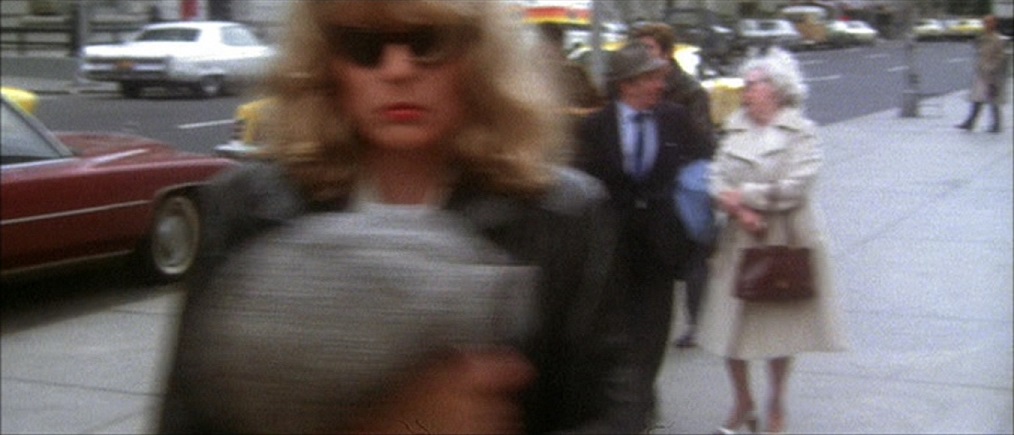
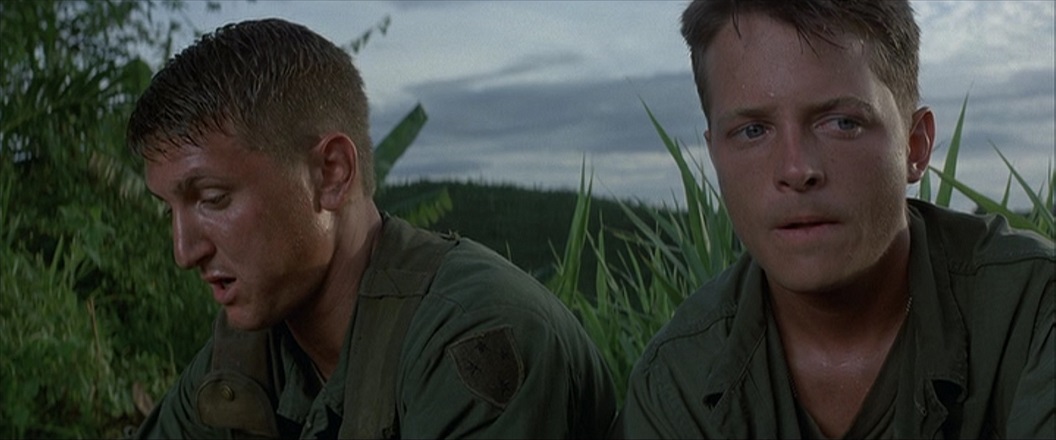
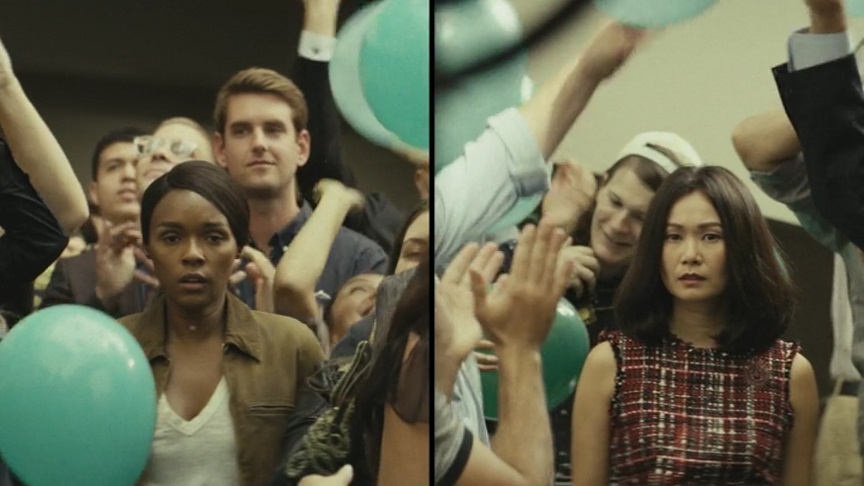
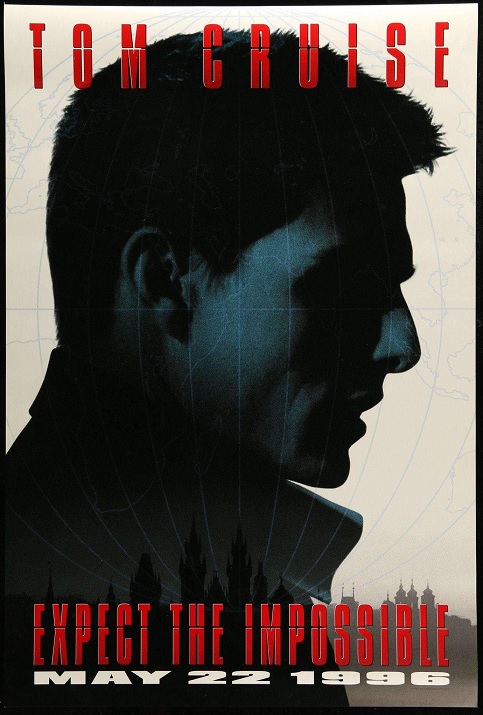
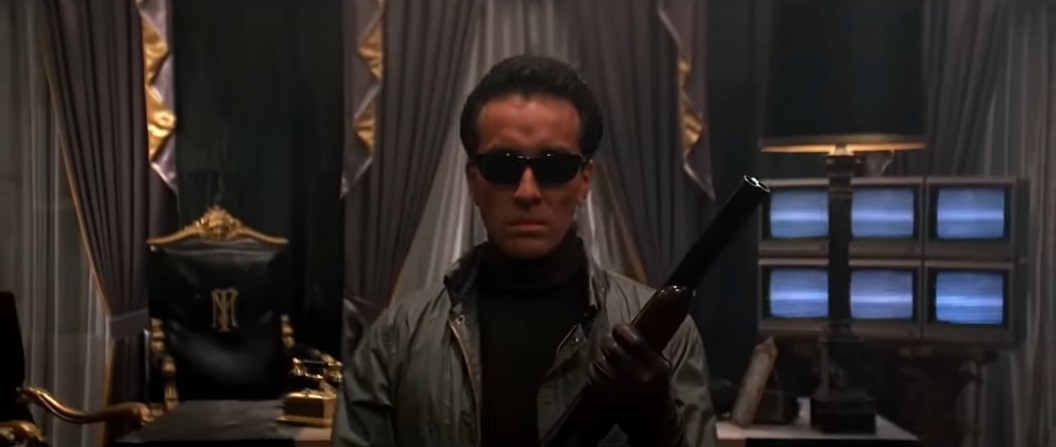
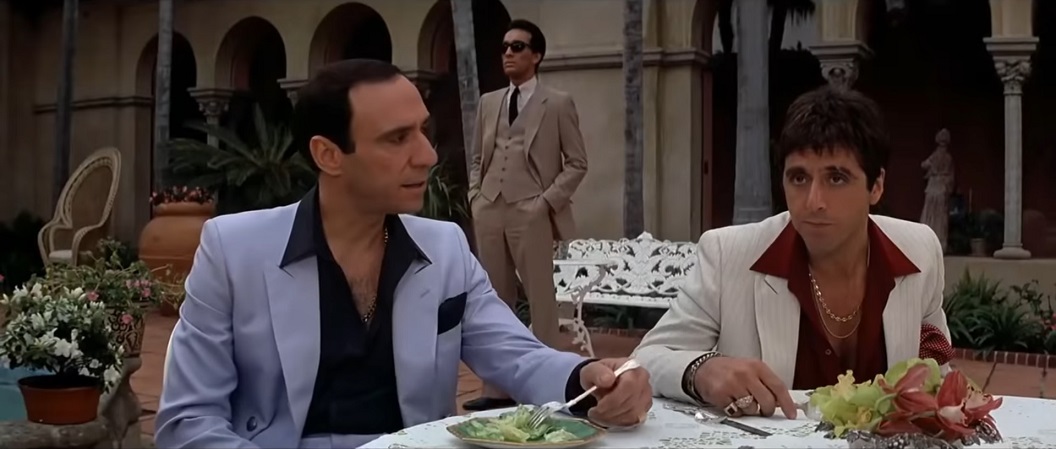
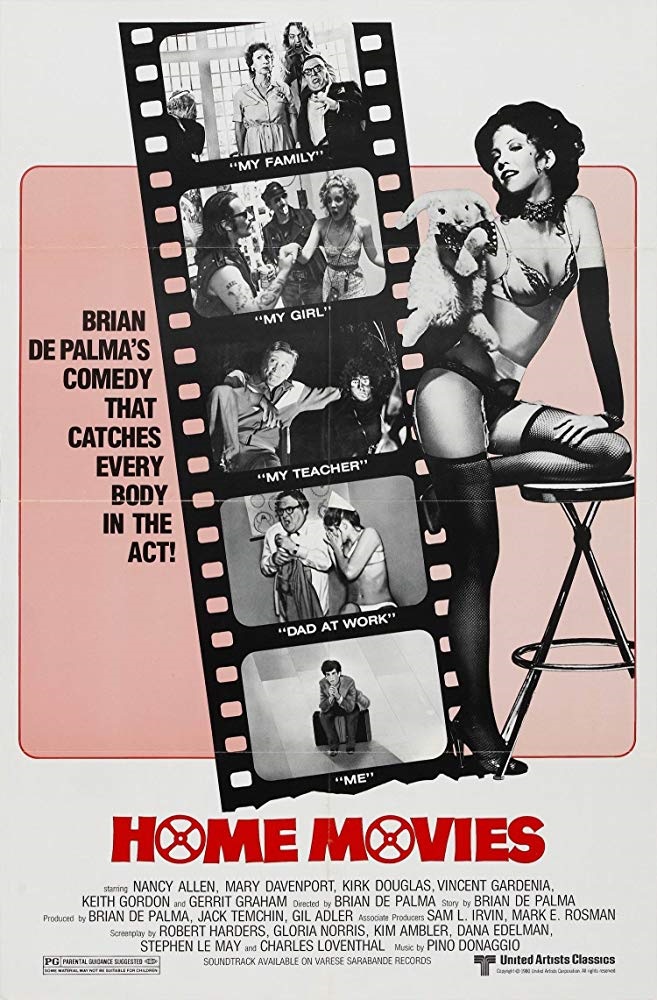




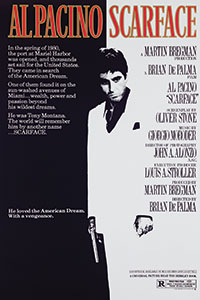 Luca Guadagnino, director of the recent high-profile remake of Dario Argento's Suspiria, and who included Brian De Palma's The Fury on his top ten for the
Luca Guadagnino, director of the recent high-profile remake of Dario Argento's Suspiria, and who included Brian De Palma's The Fury on his top ten for the